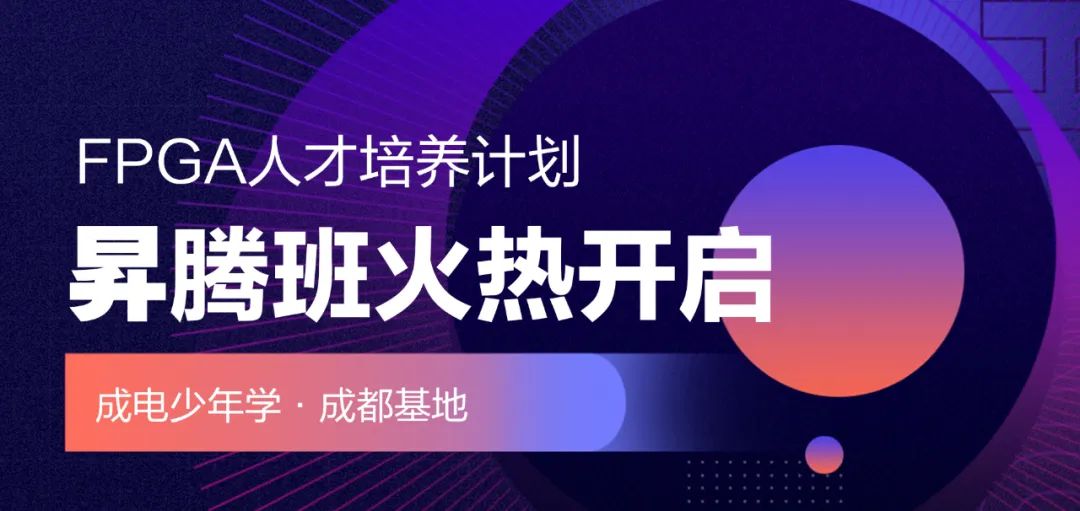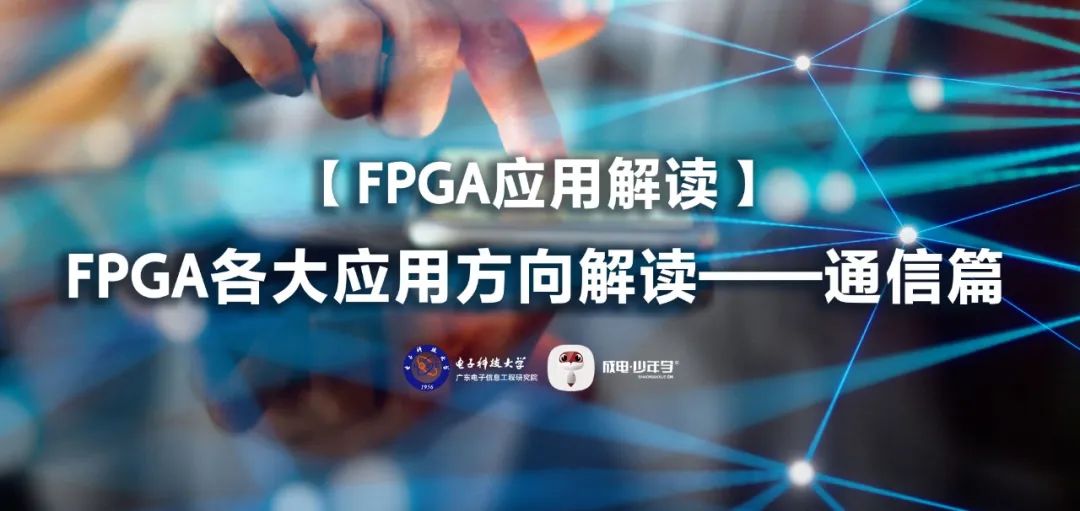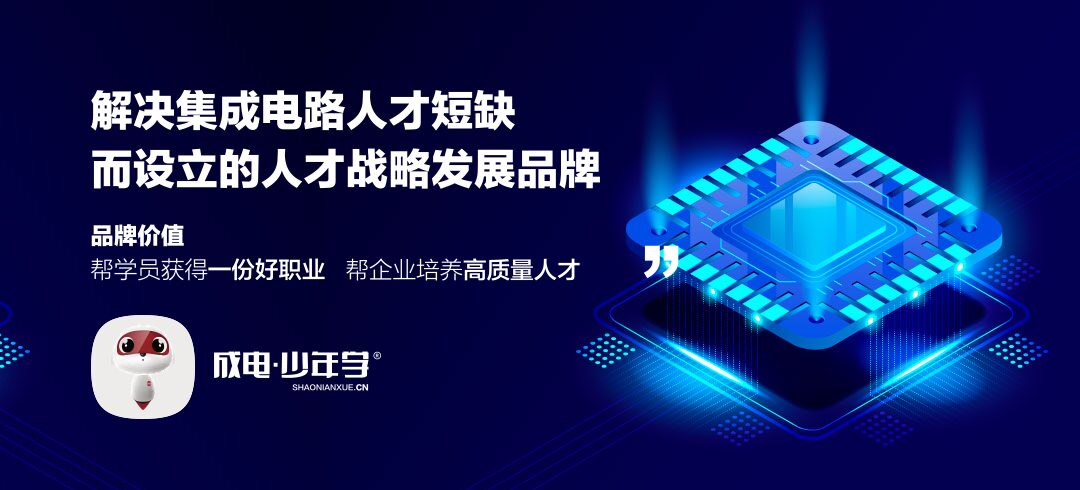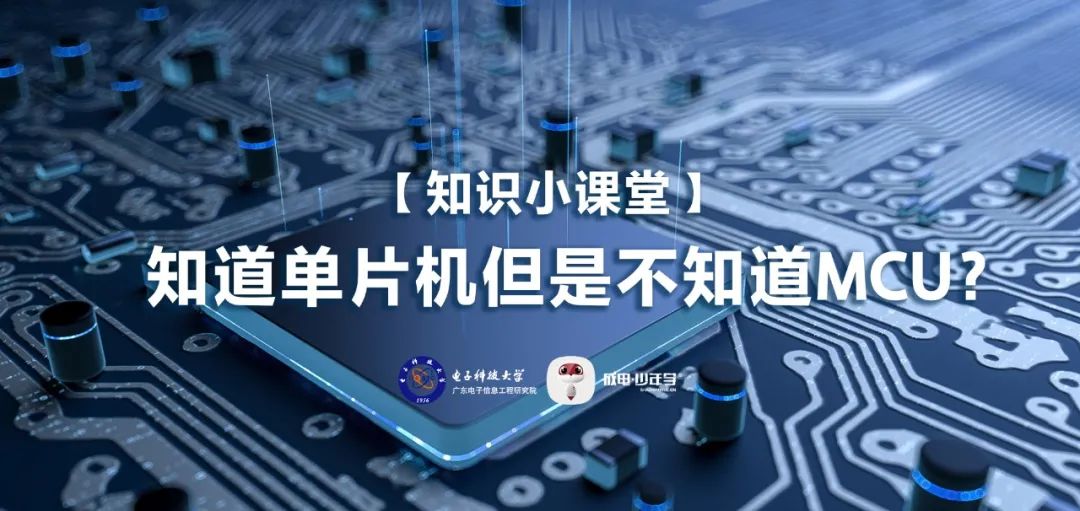
The MCU chip refers to the Microcontroller Unit (Microcontroller Unit; MCU), also known as a microcontroller or single-chip microcomputer. It appropriately reduces the frequency and specifications of the central processing unit and integrates memory, counters, USB, A/D conversion, UART, PLC, DMA, and other peripheral interfaces, even the LCD driver circuit, into a single chip, forming a chip-level computer for different applications. Therefore, the MCU chip is a single-chip microcontroller chip.
Technical Principles of MCU Chips:
To understand the technical principles of MCU chips, we first need to know the process of how MCUs automatically complete tasks, which is the process of the microcontroller executing programs, i.e., the process of the microcontroller executing instructions. An instruction is a form of various operation commands that the microcontroller is required to execute, determined by the instruction system assigned by the designer. Each instruction corresponds to a basic operation; all instructions that the microcontroller can execute are part of the microcontroller’s instruction system. Different types of microcontrollers have different instruction systems. To enable a microcontroller to automatically complete a specific task, the problem to be solved must be compiled into a series of instructions (these instructions must be identified and executed by a separate function), and this collection of instructions becomes a program, which needs to be stored in a part with storage capability – memory.
Memory consists of many (the smallest storage units), just like a large house has many rooms. Instructions are stored in these units, and the instructions within the unit are fetched and executed, just like each room in a large building is assigned a unique room number. Each storage unit must be designated as a unique address number for the storage unit. Thus, as long as the address of the storage unit is known, the stored instructions can be fetched and executed. Since programs are executed sequentially, the instructions in the program are also stored one by one. When the microcontroller executes the program, it must fetch and execute these instructions one by one, and there must be a part capable of tracking the address of the instructions, which is the Program Counter (PC, including CPU). When the program starts running, the PC will be assigned to the address of the first instruction in the program, and then each time an instruction is executed, the content in the PC automatically increases, with the increment determined by the length of this instruction, which could be 1, 2, or 3, pointing to the starting address of the next instruction to ensure the sequential execution of instructions.
Applications of MCU Chips:
In most cases, 4-bit MCUs are used in calculators, car dashboards, anti-theft devices for cars, call devices, wireless telephones, CD players, LCD display controllers, handheld gaming consoles, children’s toys, scales, chargers, tire pressure gauges, hygrometers, remote controls, and point-and-shoot cameras; 8-bit MCUs are used in electric meters, motor controllers, electric toy machines, variable frequency air conditioners, call devices, etc. Among them, 8-bit and 16-bit microcontrollers are mainly used in general control fields, typically without operating systems. 16-bit MCUs are mainly used in mobile phones, digital cameras, and camcorders; most 32-bit MCUs are used in Modems, GPS devices, PDAs, HPCs, STBs, Hubs, Bridges, Routers, workstations, ISDN telephones, laser printers, and color fax machines; typically using 64-bit embedded operating systems for network operations, multimedia processing, and other complex processing situations.
Chengdian Youth Learning 100-Day Order Class is Hotly Launched!!! The Think Tank platform offers online and offline synchronous learning. Series courses such as “Eight Lessons to Get Started with FPGA”, “Ten Projects to Get Started with FPGA”, and “Five Advanced Projects for FPGA”. The courses start from zero foundation, each class guides students to do a small experiment, and learn FPGA courses step by step.
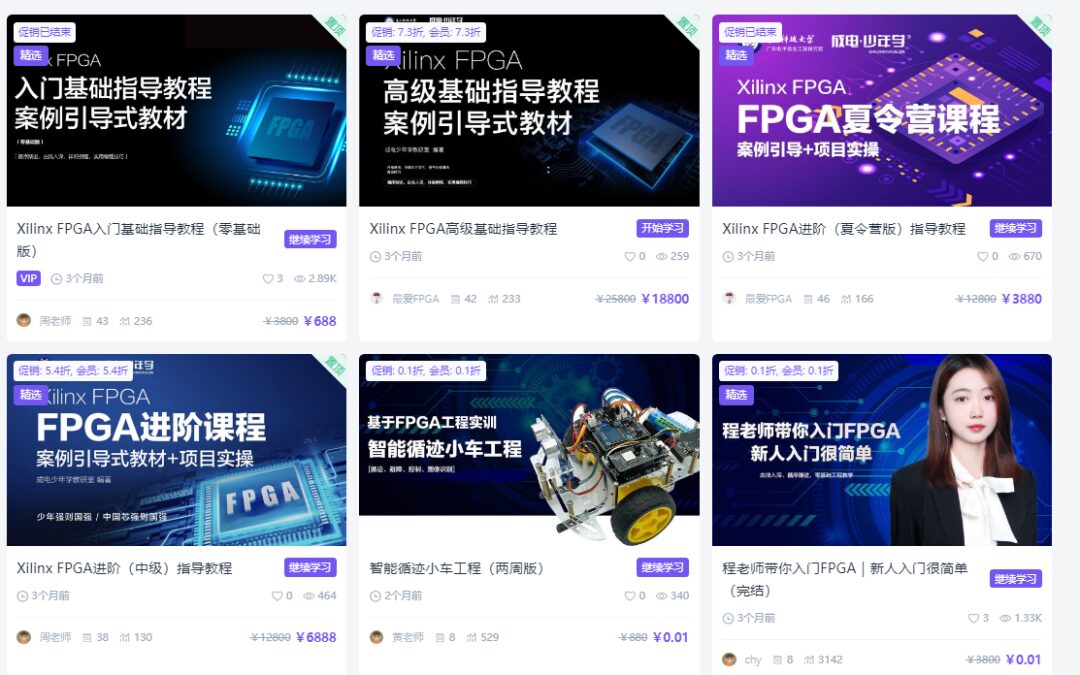
Currently, Chengdian Youth Learning has provided many companies with advanced FPGA talents, with salaries exceeding those of peers by 52%, and an employment rate of 100%.
-
Target Audience:
-
① College students or teachers planning to engage in FPGA engineering-related fields;
-
② Working individuals aiming for high salary leaps and those transitioning across industries;
-
③ FPGA engineers wishing to delve deeper into FPGA;
-
④ Freshmen, sophomores, juniors, seniors, and graduate students wishing to explore career development in the integrated circuit industry after graduation.
-
We hope that through the FPGA courses at Chengdian Youth Learning, you can:
-
① Master the fundamentals of FPGA and develop practical skills;
-
② Gain a deeper understanding of FPGA development processes and skills;
-
③ Achieve a high salary leap, with monthly salaries of 10,000+.
If you’ve read this far, please follow us!! You can now apply for free to learn FPGA courses online, hurry up, time is of the essence! Course linkhttps://z.shaonianxue.cn.Students can follow the WeChat public account for continuous updates on FPGA industry consulting~~

For more details, please consult:
Teacher Chen: 13219696129 (WeChat synchronized)
Teacher Gao: 18935839030

END

